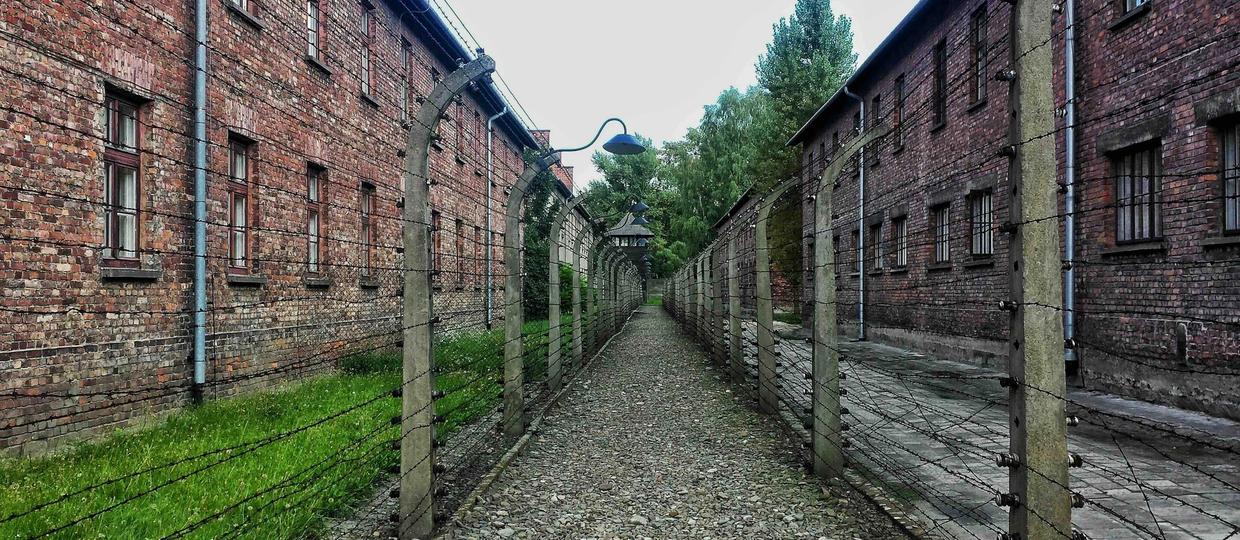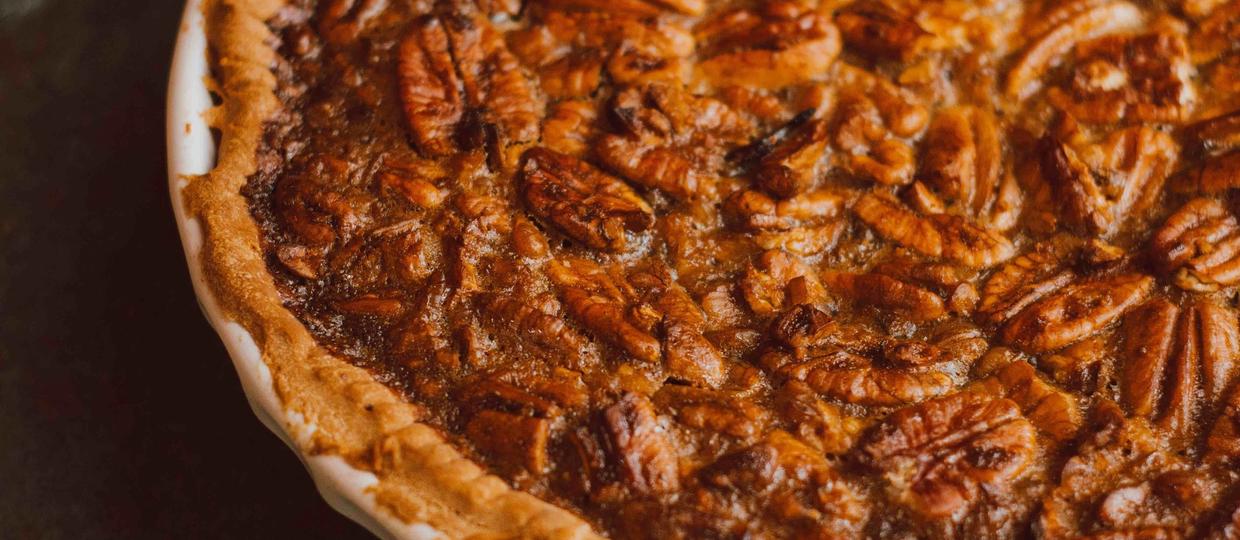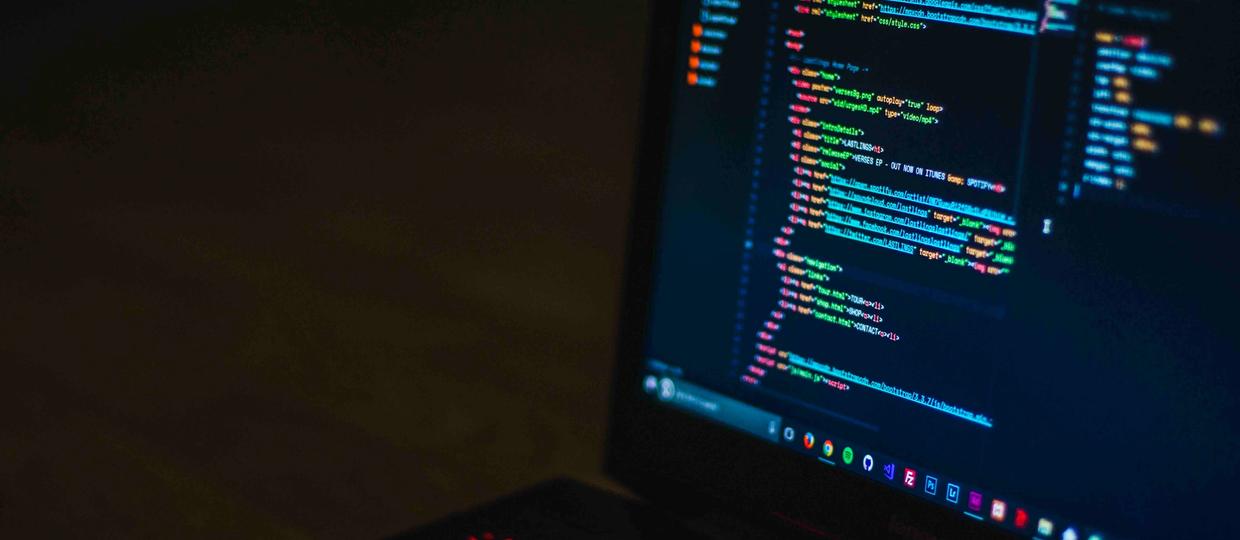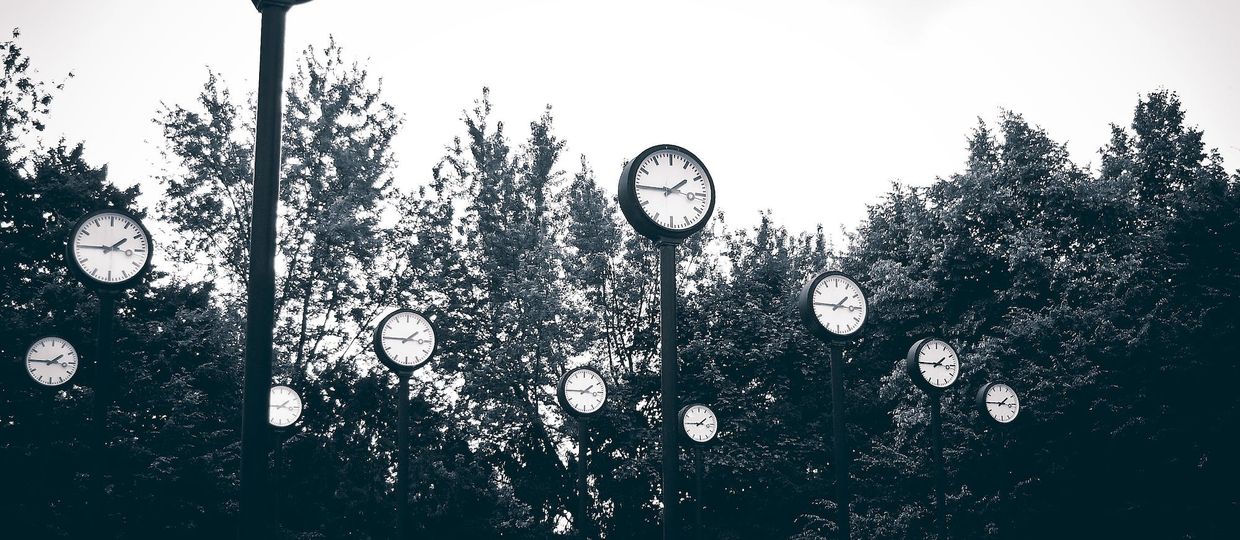In the Butterfly Place
To say that the situation was unfair would be to misunderstand the situation or the definition of fairness. There was no arbiter to be found, no attempt at balancing according to an agreed upon rubric. The universe was, as it has always been, silent.
Last year, when the icy tendrils of a Boston winter had yet to recede from the streets, the trees, and the people of the city, I took a Friday off from work and visited The Butterfly Place in Westford, MA. I did it largely on a whim. At the start of the week, I was already exhausted from working all weekend and saw the prospect of five more full days of work as a mountain I could not climb. Four days, I concluded, would be much more manageable, and decided, even before the week began, to let Thursday be my final working day.
I had not planned to go anywhere on Friday. I envisioned it as another lethargic Saturday moved up in the week: I would wake up at 11 am, go to a coffee shop, try and fail to work on one of my projects, then eventually return home for the remainder of a still full-day and enter a media-saturated trance of movies, TV series, and podcasts until I fell asleep. But in the final work hours of that Thursday, I was asked by a coworker what I had planned for my day off. I told her I just planned to relax, and she responded with no judgment, arguably with encouragement. And yet after the meeting ended, I wondered why I was confining myself to such small existential quarters. Was the range of my agency so limited? Could I not envision something more engaging than media and then sleep?
I had a doctor’s appointment in the mid-afternoon on Friday, but late Thursday evening I called to cancel. I then rented a ZipCar from 9 am to 8 pm for Friday, quickly thought of an itinerary for the next day—The Butterfly Place, Peabody Essex Museum, Waikiki Beach, then back to Cambridge—and spent the rest of Thursday night in a state of low-level anxiety which was only partly quelled by repeatedly telling myself that I did not have to go anywhere.
Well, I went. As usual, such things are rarely as terrifying as we had assumed them to be, and even if the terror comes there is often still value in it. By the end of the day, I had watched the sunset from a frigid dock on Waikiki Beach and had walked through a re-erected sixteen-room family house of a Qing dynasty merchant in the Peabody Essex Museum. But from that day, what struck me the most and what still resonates with me now were two moments in The Butterfly Place.
<><><>
The greenhouse was visible from the parking lot. Translucent triangular planes perched on top of a building like the foggy glass roof of a hut. I entered through the gift shop and passed through an intermediate room where rows of benches were arranged in front of a TV, and butterflies and moths were splayed and still, pinned to cork boards behind glass boxes. A sign at the entryway to the main garden issued a warning: “You can allow butterflies to land on you, but you cannot hold them in your hands.” The message crystallized a thought which until then had only echoed in my mind. Part of the reason that someone would come to a place like this was to acquire that incredibly valuable commodity in these times: A photo opportunity. And taking photos of the butterflies was certainly nice, but how much nicer would it be to have a photo of yourself where a butterfly perched on your hand like some live-action Disney princess movie?
I had no intention of getting that valuable photo-op, but I was still inexplicably drawn to the idea of a butterfly landing on me. The only problem was that I still harbored from youth a fear of insects. Butterflies had always been the least fear-inducing of the set, but my heart still quickened and my mind spun whenever one came close. It is a wonder why I would even visit a place like a butterfly garden given this latent fear. Maybe it was courage. Maybe it was a desire to conquer the fear. Maybe it was the ill-founded conviction that the fear had already been conquered.
But the fear had not been conquered, and this led to a strange dance between the butterflies and me. This was the first striking moment. I would try to stand perfectly still—“Think like a tree!” I said to myself—and I would do it well enough that a butterfly or multiple would flit towards me, but as they approached, the physiological fear response would take over, and I would flinch or shiver, and the butterflies would fly off. It was an infernal cycle. On some conscious level, I wanted them to land on me, but when the pivotal moment came, forces, whose origins had long been lost to time, led me to behave in ways that drove the small creatures away. Thus I was relegated to wanting what I could never quite acquire, not because it was not available to me, but because acquisition demanded that I walk through, and beyond, a wall of fear.
As I stood intently aware of the butterflies, I could not will myself to remain calm and silent long enough to consistently attract them. But at one point, I saw a black swallowtail resting in the nook of a branch, and I stilled myself to take a photo of it. The photo taken, I turned and saw a butterfly had landed on my shoulder. I saw it up close for a second, the colors muted and nondescript, before it flew away. This happened a few times more, and soon I had trained myself to induce it. The fear was still there, but I would quiet it by watching one butterfly from afar, and in the subsequent stillness some other butterfly would land on me, and, as long as I did not look directly at it, there it would remain.
No photos came from these small events, so I could only appreciate them in the few seconds of their passing, but in them I saw something more than the wings of the small creature. I saw myself, enamored by my control and intelligence, trying to wrest from the present a future I was perhaps not yet prepared to meet. And I saw that future watching me afar, uninterested in my impatience, deciding it would come to me on its own terms.
<><><>
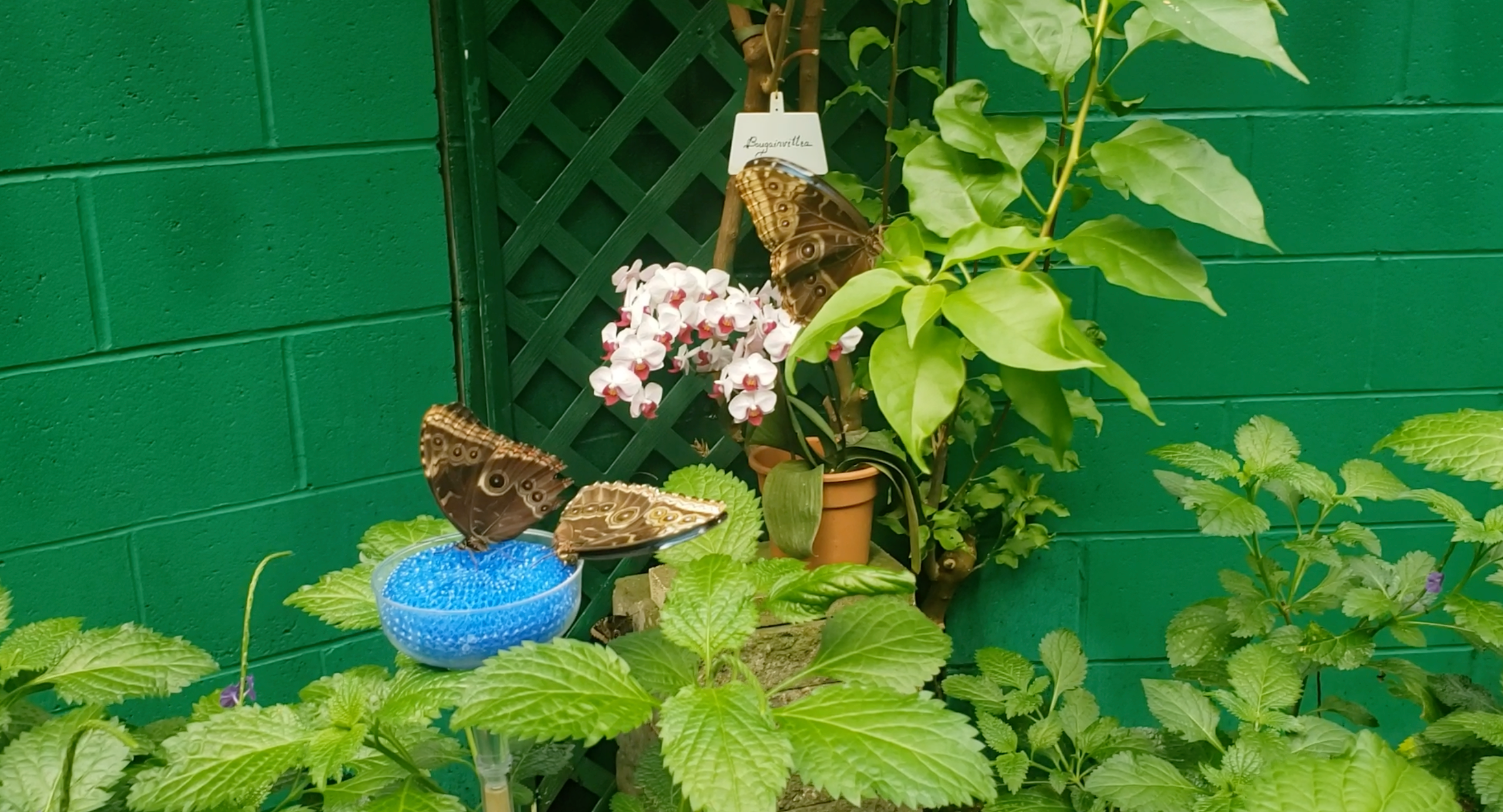
The other moment is one that did not happen to me, but one that I observed from afar. There was a gated section in the center of the garden. The gate consisted of a wooden fence about waist-high that encircled a space about 10 feet in diameter. The space contained two stone benches and a metal table. On one stone bench, there was a nylon cage that housed half a dozen butterflies. On this bench was also a plate with a bowl of the pseudo-crystals the garden supplied as a food source for the butterflies. A butterfly sat perched on the plate, its proboscis deep in the crystals, conjuring the picture of a child sitting in a kiddie pool of ice cream, trying to use a straw to suck his way out.
The other stone bench and the metal table were empty, but, periodically, butterflies would fly onto them and rest. On the ground below the table were a few butterflies that sat unmoving, their wings together like closed greeting cards. When I first passed this enclosure, I had believed the butterflies on the ground were just resting. But each time I circled the area, I returned to find that they still had not moved, and given the constant motion of all the other butterflies in the garden, it became clear that something else was going on.
With their wings folded up, the most prominent color these butterflies displayed was brown. That is, the side of the wings that pointed down when these butterflies flew was brown. It was a speckled sort of brown with many dark spots like eyes in the bottom section of the wings. On a tree, one would easily mistake these wings for dead leaves, which I suppose was the point. With only this color visible, these butterflies in the fenced garden looked quite plain relative to all the others that flew around in their many shades of blue, green, orange, and black. Most numerous and resplendent of all in the garden was the Blue Morpho whose large ocean-colored wings one could see from opposite ends of the enclosure.
During one trip around the garden, I looked more closely at the butterflies in the fenced area. For one butterfly, the bottom section of one wing appeared to be folded unnaturally, scrunched like a paper whose edge had been forced into a wall. This appearance was confirmed when the butterfly opened its wings and tried to fly. At that moment, I realized two things: First, this butterfly was a Blue Morpho, the dazzling blue previously hidden in the folded state of the wings; Second, this butterfly would never fly again. A section of one of its wings was indeed crushed, and as it flapped it would lift from the ground for a second before inevitably returning to it. It hopped like this several times and was soon seen by a garden attendant. She entered the fenced area and coaxed the butterfly onto a paper towel with a pencil. I asked her what would happen to it now. “Would its wings ever heal?” A stupid question, but she answered it just the same, giving me the obvious response. She then took the butterfly to an area behind her desk and scooted it onto a shelf laid with paper towels. On those paper towels, other permanently grounded butterflies resided, so motionless that they just as well could have been placed on the cork boards outside the garden.
As this incident ended and even as I left the Butterfly Place, my mind kept coming back to the image of the Blue Morpho trying to fly. It of course could not see its broken wing behind it, and it is unclear if it had even the inklings of sentience to understand its condition. All it knew was the instinct that led it and all others of its species to flap its large appendages to move, to fly, to find food. It was following instinct, but instinct was taking it nowhere because it no longer had intact the thing that made such instinct useful. I wondered, supposing the butterfly had manifested some higher-level cognition, how would it feel about its state. All around it, other butterflies were flying around, fulfilling their raison d’être and here it was, likely through no fault of its own, damaged and moored. What’s more, there was no chance of healing: It was broken and would remain so. Nature’s random causality had led it here, and there was no deity anywhere coming to save it.
To say that the situation was unfair would be to misunderstand the definition of fairness. There was no arbiter to be found, no attempt at balancing according to an agreed-upon rubric. The universe was, as it has always been, silent. There was only evolution, slowly accruing changes to life over millennia, and luck (and its lack) bestowing fortune upon some and taking it away from others.
<><><>
The implications of this could be left as an exercise for the reader. And if you wish to think about this without the slant of my perspective, read no further, for what comes next is hope and promise in amounts that are often rare in the world outside the garden. Because what applies to the butterfly arguably applies to every other being that has managed to wrest from the laws of thermodynamics that non-equilibrated state that we call life. That, of course, includes humans. And so, in a sense, one’s life can be permanently reduced through no fault of one’s own, and in the aftermath, one can only look forward to the slow decay into death. But the place where I found the butterfly, in the garden where I found it, contains a story that contextualizes this reduction and breathes space into it that is room enough for life.
I imagine a person under a one-ton weight, struggling and yet failing to lift it. In time, the person may be crushed and what follows will be the dissolution of all connections from that person to the external world. But before that time, the potential for salvation exists in those connections themselves, those invisible multi-dimensional lines that extend outward, touching things and ideas, and most preciously, people.
On the convalescence shelf of the garden, each butterfly sat alone in its condition surrounded by others in similar states but unable to help or be helped by them or any of their more motile siblings. Those who could fly flew, and those who could not remained grounded, and there was no mixing between the two. The broken butterflies had only reached that shelf because they were helped by the human hands of the attendant, hands that reached out and softly held and then carried and then placed. This was necessary because butterflies cannot help each other. People, fortunately, are different. In this new place, the butterflies’ lives were not the same as they had been, their raison d’être now deferred, but claims of a reduction are overstated. Butterflies could perhaps not imagine different futures for themselves. But people, again fortunately, are different.
The person struggles, and the knees ache, and then if grace finds its avatar, a hand reaches out, and somehow something more than a person can be saved.
<><><>
Send any comments or questions about the work to contact@perturbations.org.
